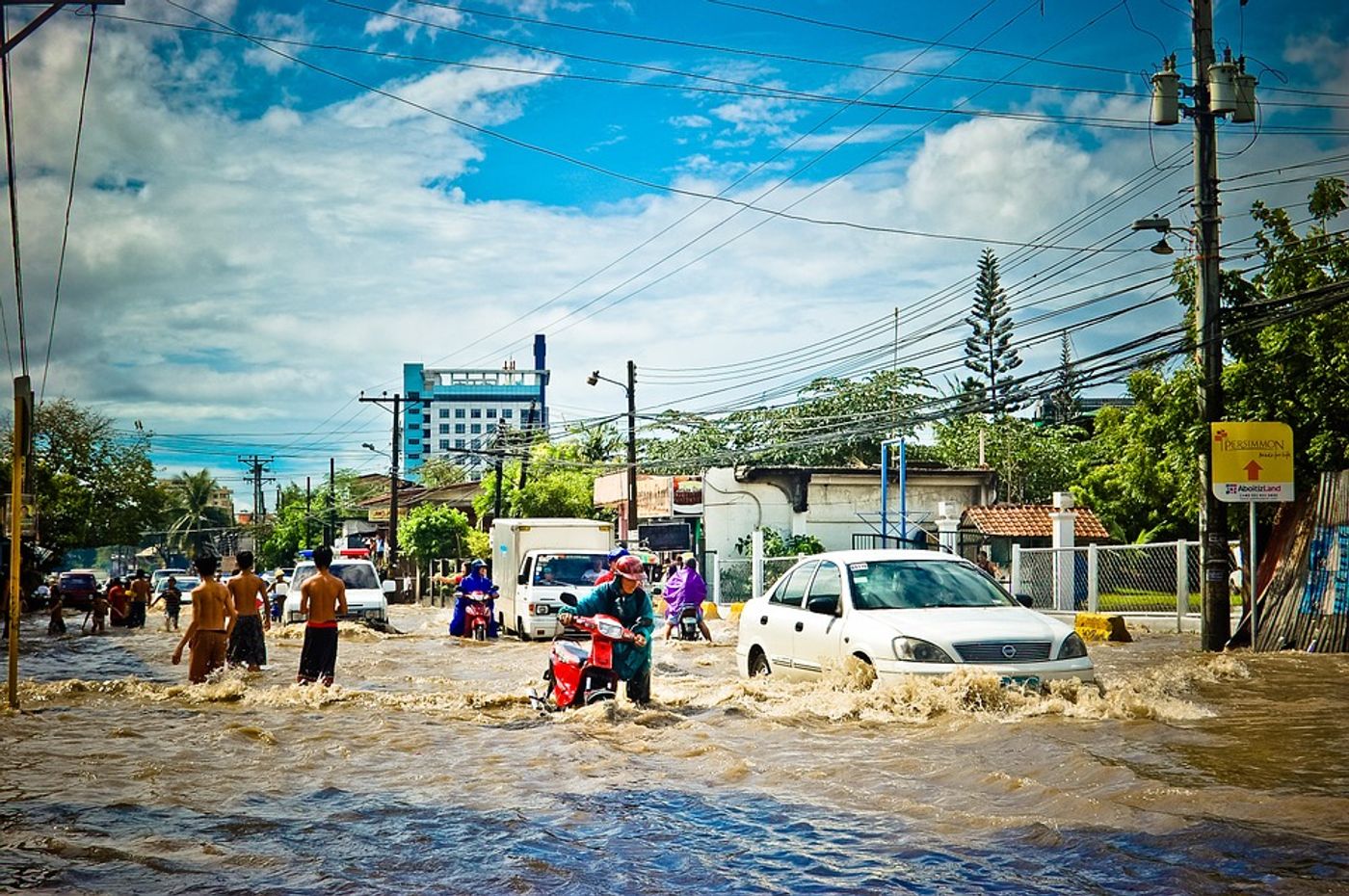Pay now or later? Should we conserve floodplains?
Research from The Nature Conservancy (TNC) and the University of Bristol, as well as flood analytics company Fathom, encourages us to ask a tricky question: should we pay now to conserve floodplains in the US or wait and pay for the damages of flooding in the future? Published in the journal Nature Sustainability, the study considers a fundamental question that is at the core of many climate change matters the world is facing today: how much do we dare to gamble?
The study considered 270,000 square kilometers of floodplain lands (an area as large as Colorado). These lands were identified to have a greater than one% chance of flooding in any given year or a greater than 26% chance of flooding during a 30-year period. These lands are called “100-year” floodplains. According to the research, it would be economically intelligent to conserve those floodplains now – not wait until the floods happen.
"In these areas, we found that investing a dollar to protect these floodplains today could save at least five dollars in potential future flood damages,” says co-author Kris Johnson, TNC's Deputy Director of Agriculture for North America. "The study also tells us it would make even more economic sense to acquire and protect areas with a five percent or greater chance of flooding each year, or so-called 20-year floodplains. Not only would investing now to conserve undeveloped lands in floodplains likely save tens of billions of dollars in avoided flood damages but protecting these lands would also provide a host of additional benefits for habitat, wildlife, water quality, and recreation, further strengthening the economic rationale for floodplain conservation."
If you have ever had to deal with flooding, whether a minor flood in your basement or a full-blown hurricane flood nightmare, you know that the after-effects can be expensive. As one of the most common natural disasters (and, ahem, only becoming more and more common), average flood losses in the US reach almost $10 billion annually. To make it worse, according to Science Daily, the American taxpayer-backed National Flood Insurance Program is in record debt at nearly $25 billion.
Co-author Oliver Wing, a flood risk scientist and researcher at the University of Bristol's School of Geographical Sciences, commented: "Our work has shown that projected socio-economic changes alone in the United States could almost double annual flood losses by the end of the century. One way to prevent this is to simply ensure that development occurs in lower-risk lands. We found that an area of land larger than that of the United Kingdom may be cheaper to purchase today than it would be to cover the costs of future damages to potential developments. We quantify, for the first time, the value of natural floodplain conservation to mitigating flood loss and find tracts of land in every one of the lower 48 states where this is a cost-effective strategy."
The researchers say that this strategy will be of particular interest to regions in the Southwest, the eastern Great Lakes, and the Appalachians, as well as areas where population growth is anticipated in areas.
With climate change conditions depositing more precipitation throughout the US (2019 has been the wettest year on record in the lower 48 states), the team hopes their analysis will encourage environmental policy and land management decisions.
Sources: Nature Sustainability, Science Daily









